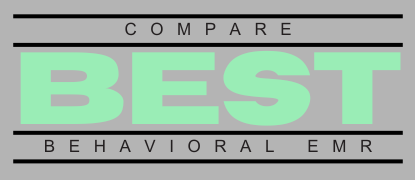If you’re a behavioral health professional looking to optimize your practice and improve patient outcomes, integrating Electronic Medical Records (EMR) with evidence-based practices is a step in the right direction. This integration not only streamlines your operations but also enhances the quality of care you deliver. In this article, we delve into the benefits of integrating EMR in behavioral health and the role our free practice analysis tool can play in transforming your practice.
Why Integrate EMR in Behavioral Health Practices?
EMR systems have revolutionized healthcare by digitizing patient records and making them accessible to practitioners anywhere, anytime. But their relevance in behavioral health goes beyond just record-keeping. Here’s why integrating EMR in behavioral health is critical:
- Improved Care Coordination: EMR systems ensure all healthcare providers involved in a patient’s care have access to the same information. This facilitates better coordination and collaboration, leading to more effective treatment plans.
- Enhanced Decision-Making: With up-to-date and comprehensive patient data at their fingertips, behavioral health providers can make evidence-based decisions that enhance patient outcomes.
- Streamlined Practice Management: From appointment scheduling to billing, EMR systems simplify various administrative tasks, freeing up more time for patient care.
How to Successfully Integrate EMR in Your Practice
Effective integration of EMR in behavioral health requires careful planning and execution. Here are some steps to guide you:
- Choose the Right EMR System: Not all EMR systems are created equal. Choose one specifically designed for behavioral health, with features like customizable templates for intake forms, progress notes, and treatment plans.
- Train Your Staff: Ensure your team is well-versed in using the EMR system. Consider investing in professional training programs to facilitate this.
- Regularly Update and Maintain Your EMR System: Technology evolves rapidly, and so should your EMR system. Regular updates will ensure you leverage the latest features and maintain system security.
Optimize Your Practice with Our Free Practice Analysis Tool
As a behavioral health professional, you’re always on the lookout for ways to improve your practice. That’s where our free practice analysis tool comes in handy. This tool evaluates your practice’s performance and identifies areas for improvement. Whether it’s streamlining your billing process or improving patient engagement, our tool offers actionable insights that you can implement to optimize your operations and enhance patient outcomes.
Conclusion
Integrating EMR in behavioral health practices is no longer an option but a necessity. It not only streamlines your operations but also enhances the quality of care you deliver. And with our free practice analysis tool, you can take your practice to the next level. So why wait? Start your journey towards optimal practice management today!
**Meta description:** Discover how integrating EMR in behavioral health practices can improve patient outcomes and streamline operations. Try our free practice analysis tool today!
